Introduction
Whether you're exclusively bottle-feeding or supplementing with a baby bottle, feeding your little one is a key part of early care. Knowing how to bottle feed properly ensures your baby gets the nourishment and comfort they need. In this guide, you’ll learn how to choose the right bottle and nipple flow, prepare feeds safely, use proper feeding positions, and practice paced feeding techniques that mimic breastfeeding.
Selecting the Ideal Bottle and Nipple
Choosing the appropriate bottle and nipple is crucial for your baby's feeding success.
Bottle Types
-
Standard Bottles: Traditional design, widely available.
-
Angled Bottles: Designed to reduce air intake, minimizing gas.
-
Wide-Neck Bottles: Easier to clean and mimic breastfeeding.
-
Vented Bottles: Include systems to prevent air bubbles, reducing colic.
Nipple Flow Rates
Nipples come in various flow rates to match your baby's age and feeding ability:
-
Slow Flow: Newborns (0-3 months).
-
Medium Flow: Infants (3-6 months).
-
Fast Flow: Older babies (6+ months).
Always monitor your baby's feeding to adjust nipple flow as needed.
Preparing a Baby Bottle Safely
Proper preparation ensures your baby's safety and health.
Formula Preparation
-
Wash Hands: Always start with clean hands.
-
Sterilize Equipment: Boil bottles and nipples or use a sterilizer.
-
Boil Water: Use freshly boiled water cooled to 70°C (158°F).
-
Measure Formula: Follow the manufacturer's instructions precisely.
-
Mix Thoroughly: Shake or stir until the formula is fully dissolved.
-
Cool to Feeding Temperature: Place the bottle under running water or in a bowl of cool water.
Breast Milk Handling
-
Storage: Refrigerate immediately; use within 4 days.
-
Freezing: Store for up to 6 months in a deep freezer.
-
Thawing: Defrost in the refrigerator or warm water; never refreeze.
-
Warming: Use warm water; avoid microwaves to prevent hot spots.
Optimal Bottle-Feeding Positions
Proper positioning promotes effective feeding and reduces discomfort.
Cradle Hold
Hold your baby in your arms with their head resting in the crook of your elbow. Ensure the head is elevated to prevent milk from entering the middle ear.
Upright Position
Sit your baby on your lap, supporting their head and neck. This position is beneficial for babies with reflux.
Side-Lying Position
Lay your baby on their side, facing you, and support their head. This position mimics breastfeeding and can be more comfortable for some babies.
Understanding Paced Bottle-Feeding
Paced feeding allows your baby to control the flow of milk, reducing the risk of overfeeding and promoting better digestion.
Steps for Paced Feeding
-
Hold Baby Upright: Maintain a semi-upright position.
-
Horizontal Bottle Hold: Keep the bottle horizontal to slow milk flow.
-
Watch for Cues: Allow pauses and observe for signs of fullness.
-
Burp Regularly: Pause to burp your baby during and after feeding.
This method supports your baby's natural feeding rhythm and can ease the transition between breast and bottle.
Encouraging Bottle Acceptance
Some babies may resist bottle-feeding initially. Strategies to encourage acceptance include:
-
Introduce Gradually: Start with one bottle feeding per day.
-
Use Breast Milk: Begin with expressed breast milk to ease the transition.
-
Different Caregiver: Have someone else offer the bottle when you're not present.
-
Comfortable Environment: Feed in a calm, quiet setting.
Transitioning Away from the Bottle
Weaning from the bottle is an important developmental step.
-
Timing: Begin introducing a cup around 6 months; aim to wean off the bottle by 12-18 months.
-
Gradual Reduction: Replace one bottle feeding with a cup each week.
- Positive Reinforcement: Encourage and praise your baby for using a cup.
Feeding a newborn can feel overwhelming at times, especially when you’re trying to find what works best for both of you. That’s why we created the BuubiBottle Hybrid Feeding System: to make bottle-feeding easier, more comfortable, and better suited for your new bundle of joy. With features designed to support a natural feeding flow and reduce common issues like gas or fussiness, it’s a simple way to help take some of the stress out of those early days.
Bottle-feeding is more than just a feeding method, it’s a chance to bond with your baby and ensure they feel safe, calm, and nourished. By choosing the right bottle and nipple, practicing safe preparation, and using gentle, responsive techniques like paced feeding, you can create a positive feeding experience that supports your baby's growth and well-being. Whether you're starting out or fine-tuning your approach, remember: there's no one "perfect" way to bottle feed- just the way that works best for you and your baby.
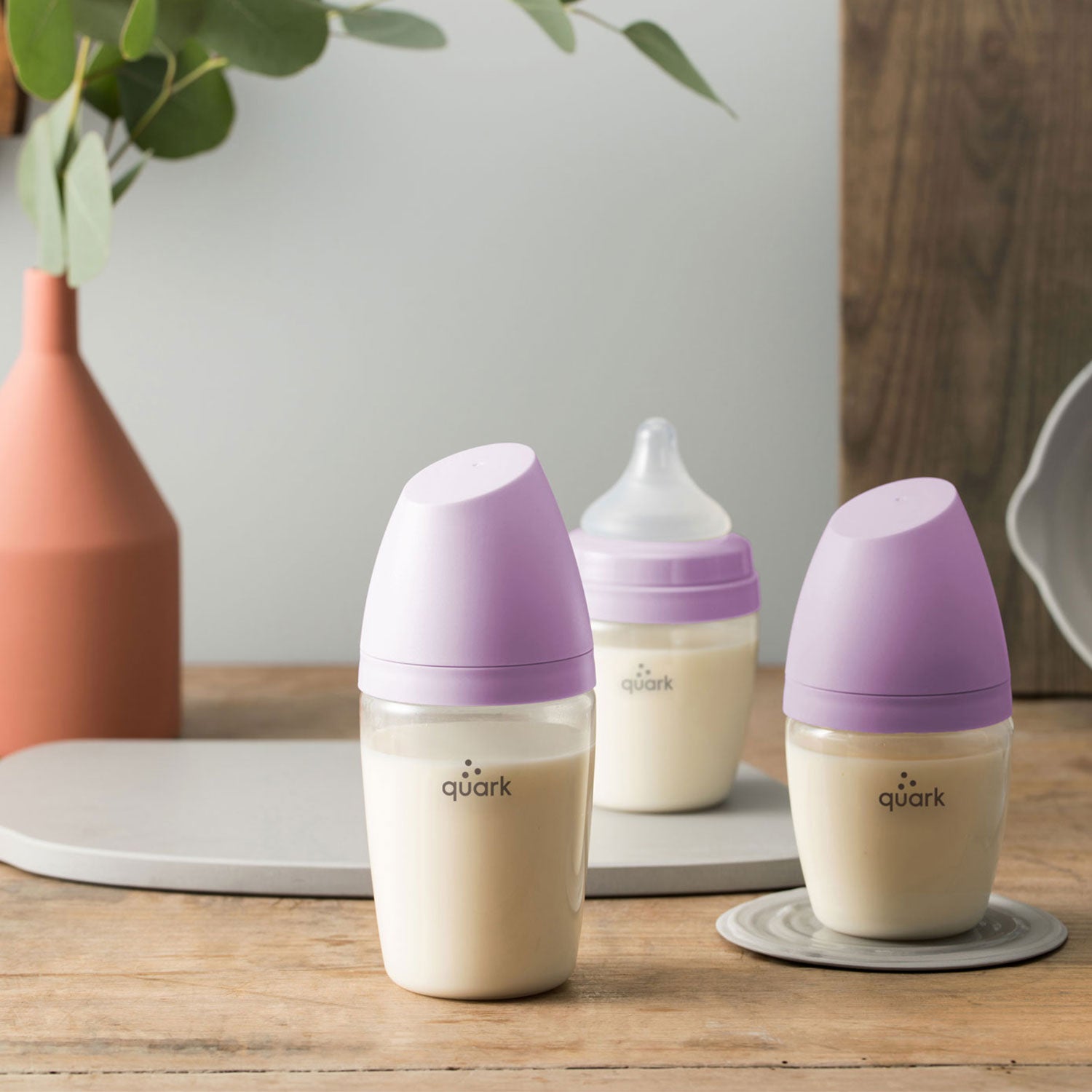
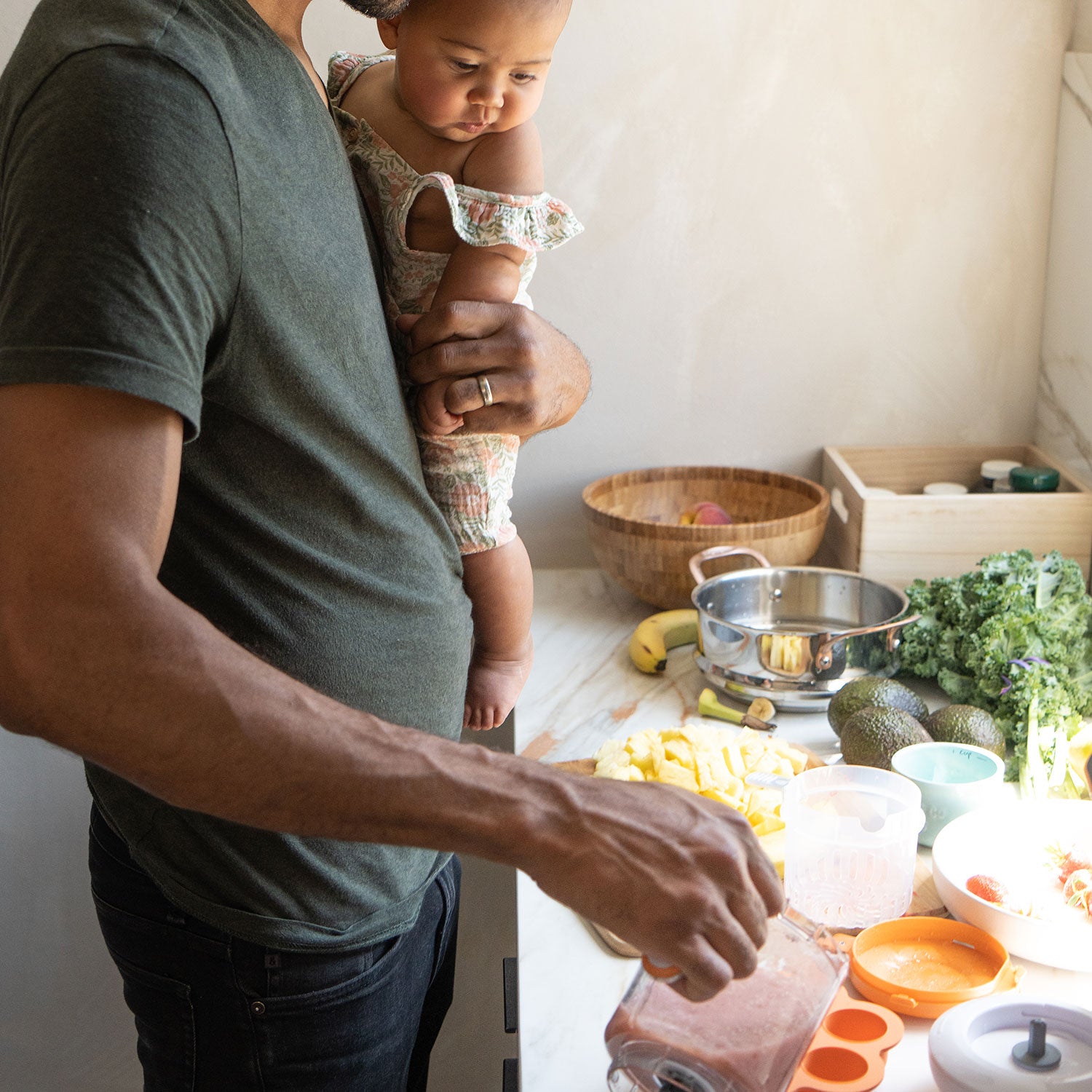

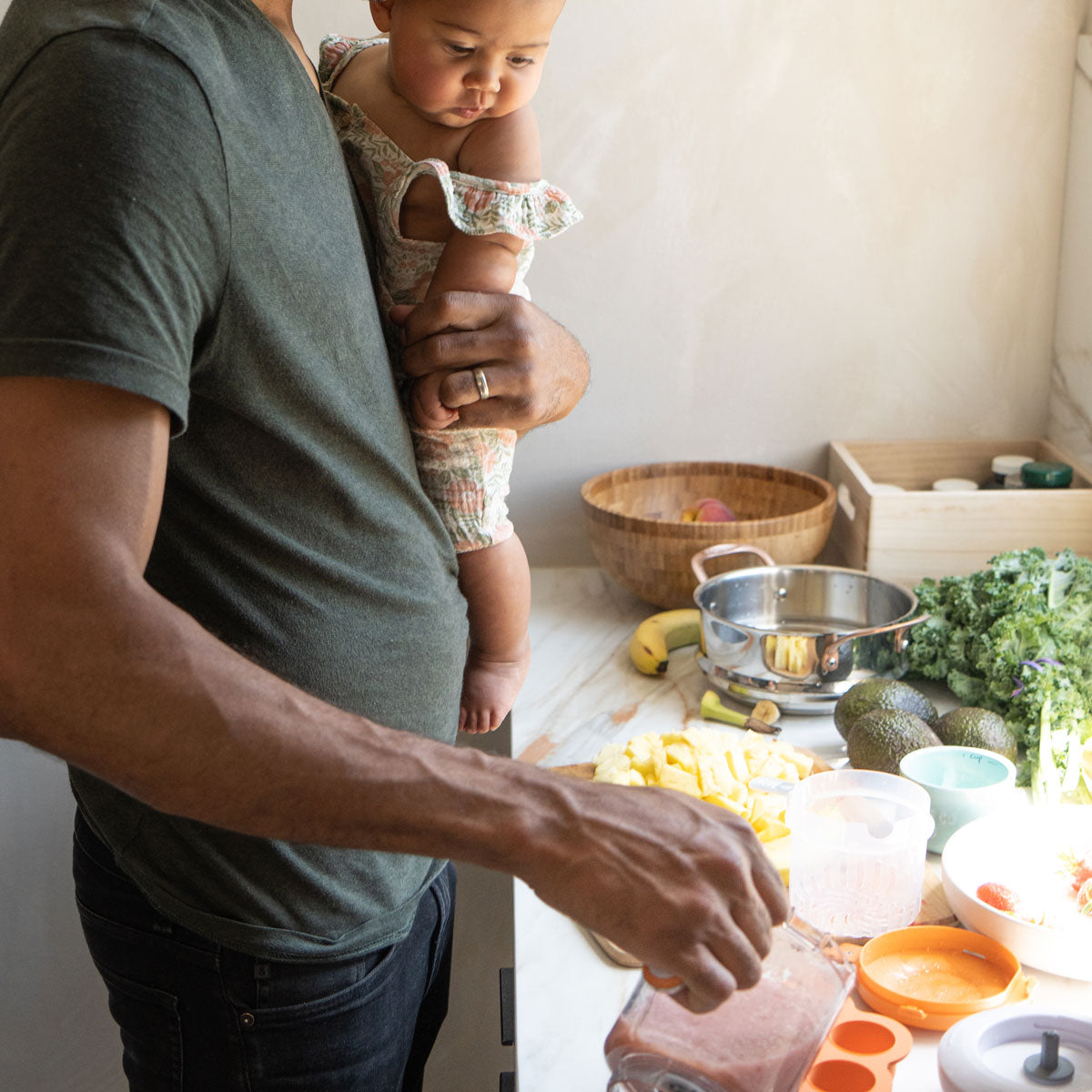
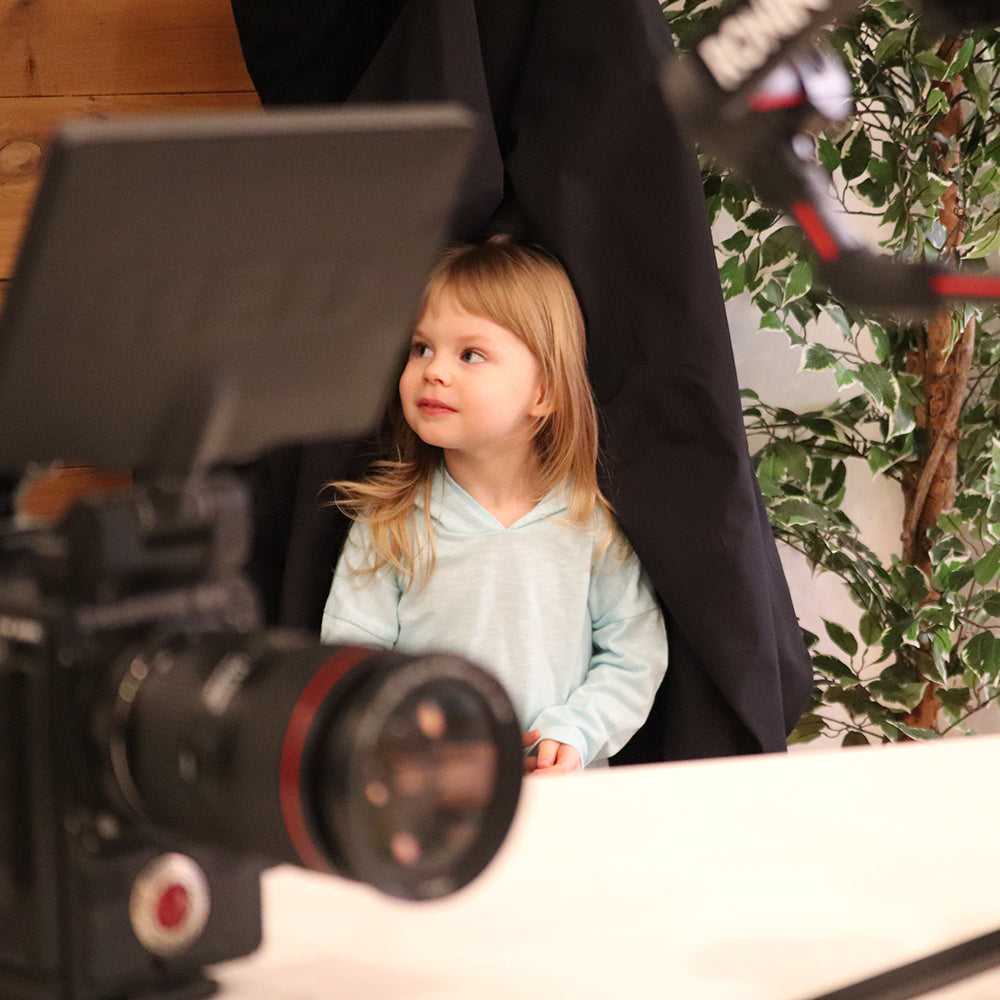
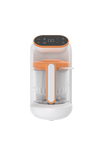
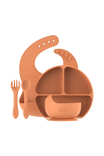
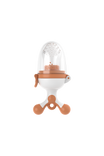
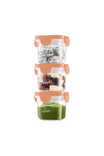
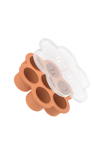
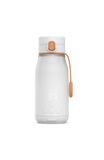
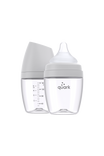
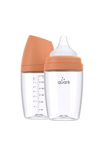
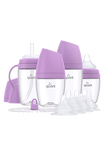
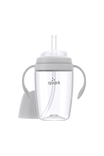
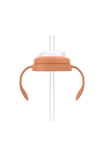
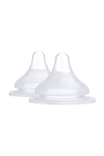
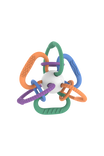
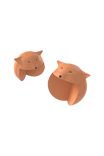
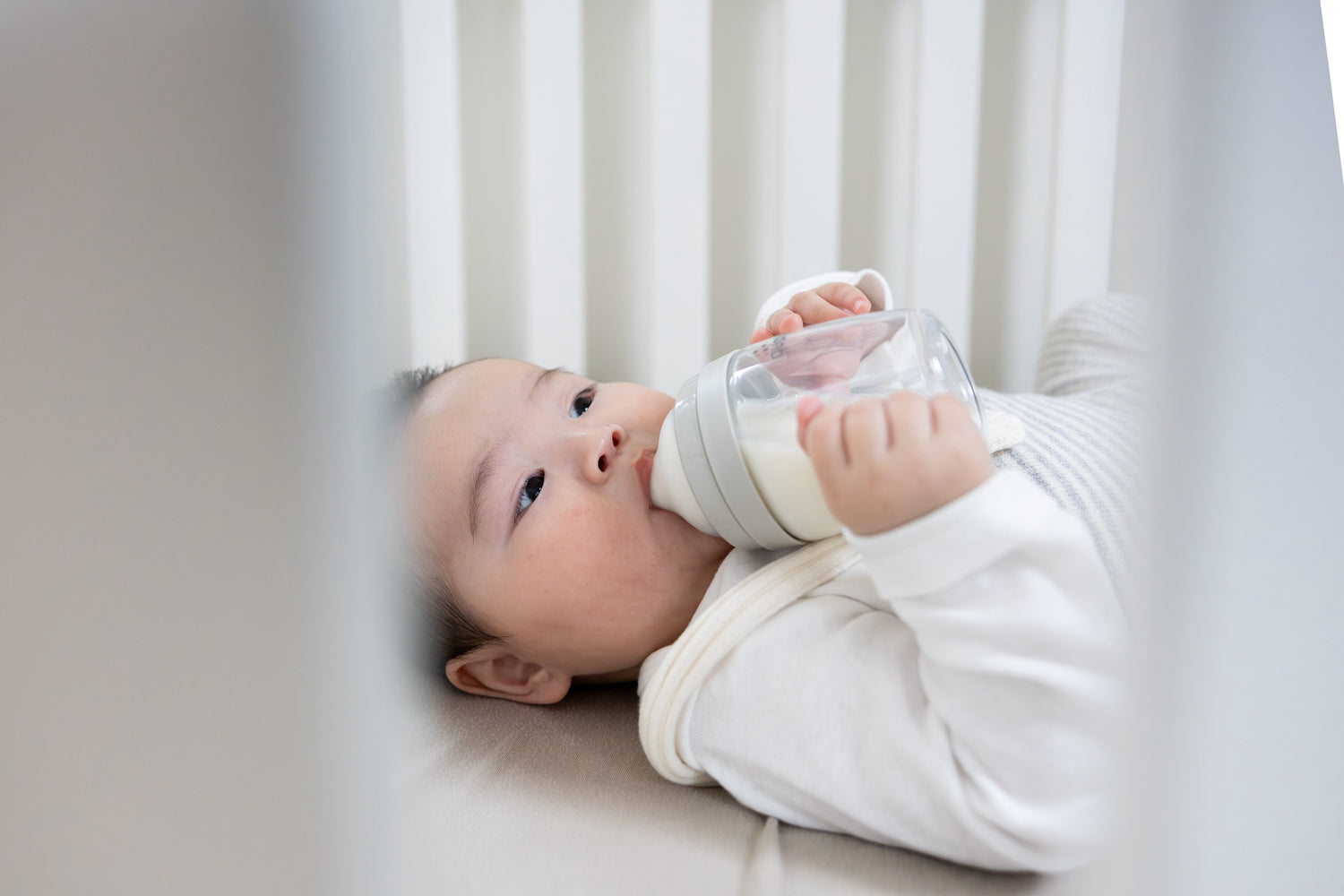
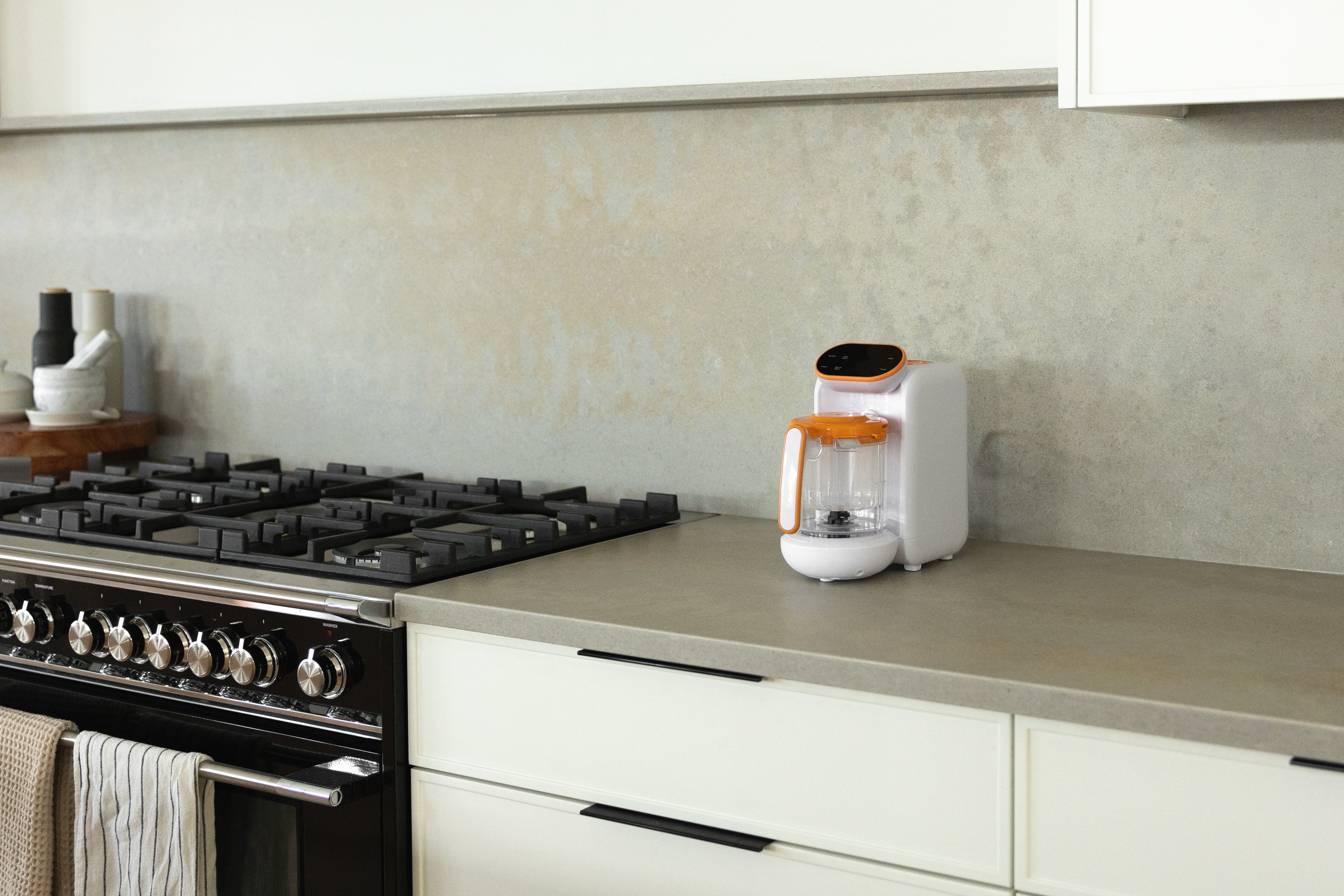
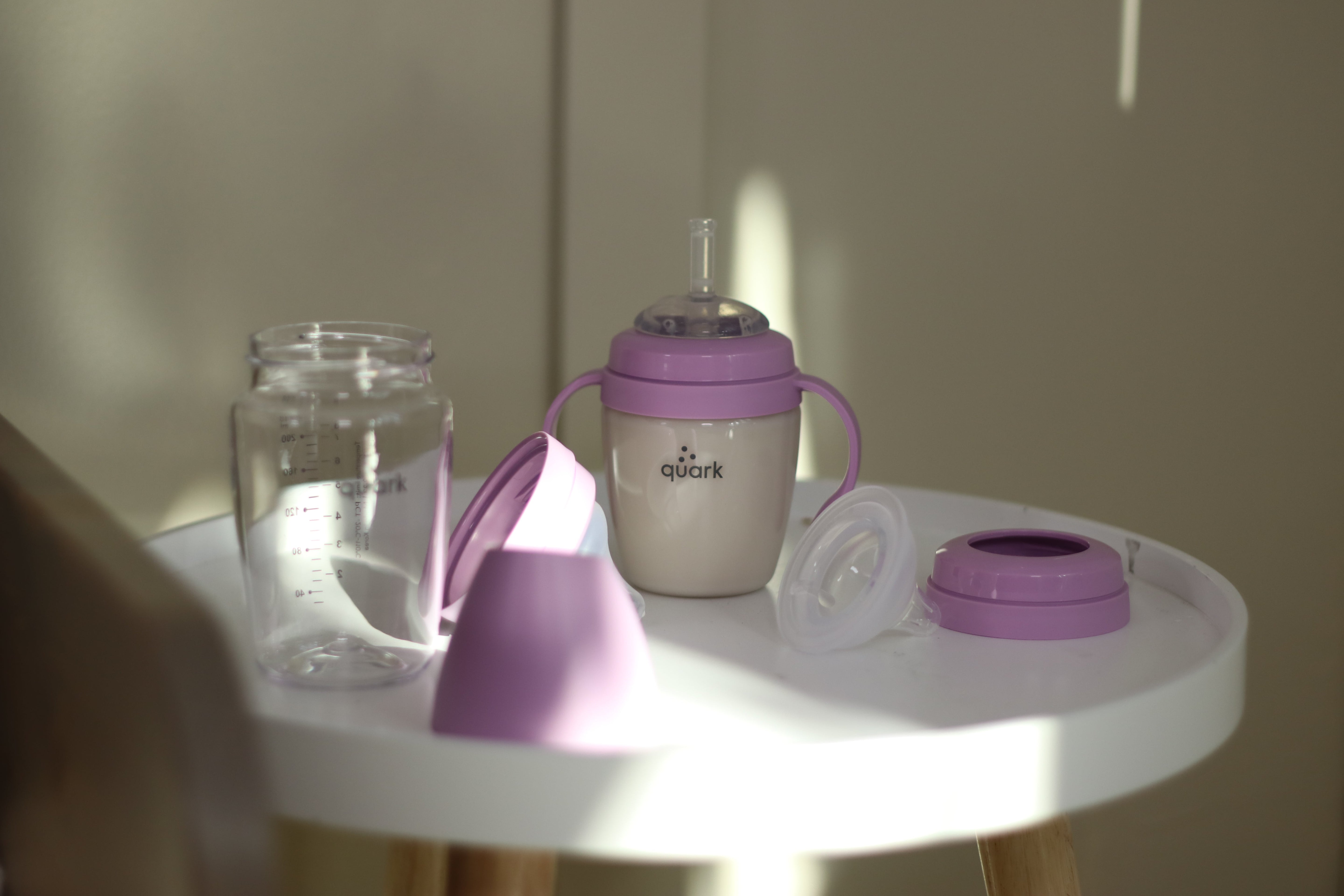
Leave a comment
All comments are moderated before being published.
This site is protected by hCaptcha and the hCaptcha Privacy Policy and Terms of Service apply.